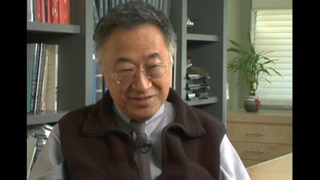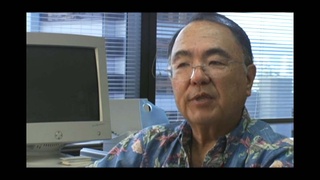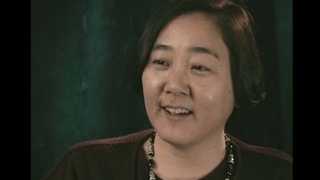Interviews
First impression of New York City during war time
Well, I am from the big city so I felt very much at home. The only thing that bothered me was that we were at war with Japan. And the Chinese people wore their tight fit ones and had big badges that said, “I am Chinese.” So we wouldn’t be mistaken as Japanese. And there was a brown out in effect, not a blackout but a brown out. And everything was going on as usual.
Date: November 15, 2000
Location: New York, United States
Interviewer: John Esaki
Contributed by: Watase Media Arts Center, Japanese American National Museum









